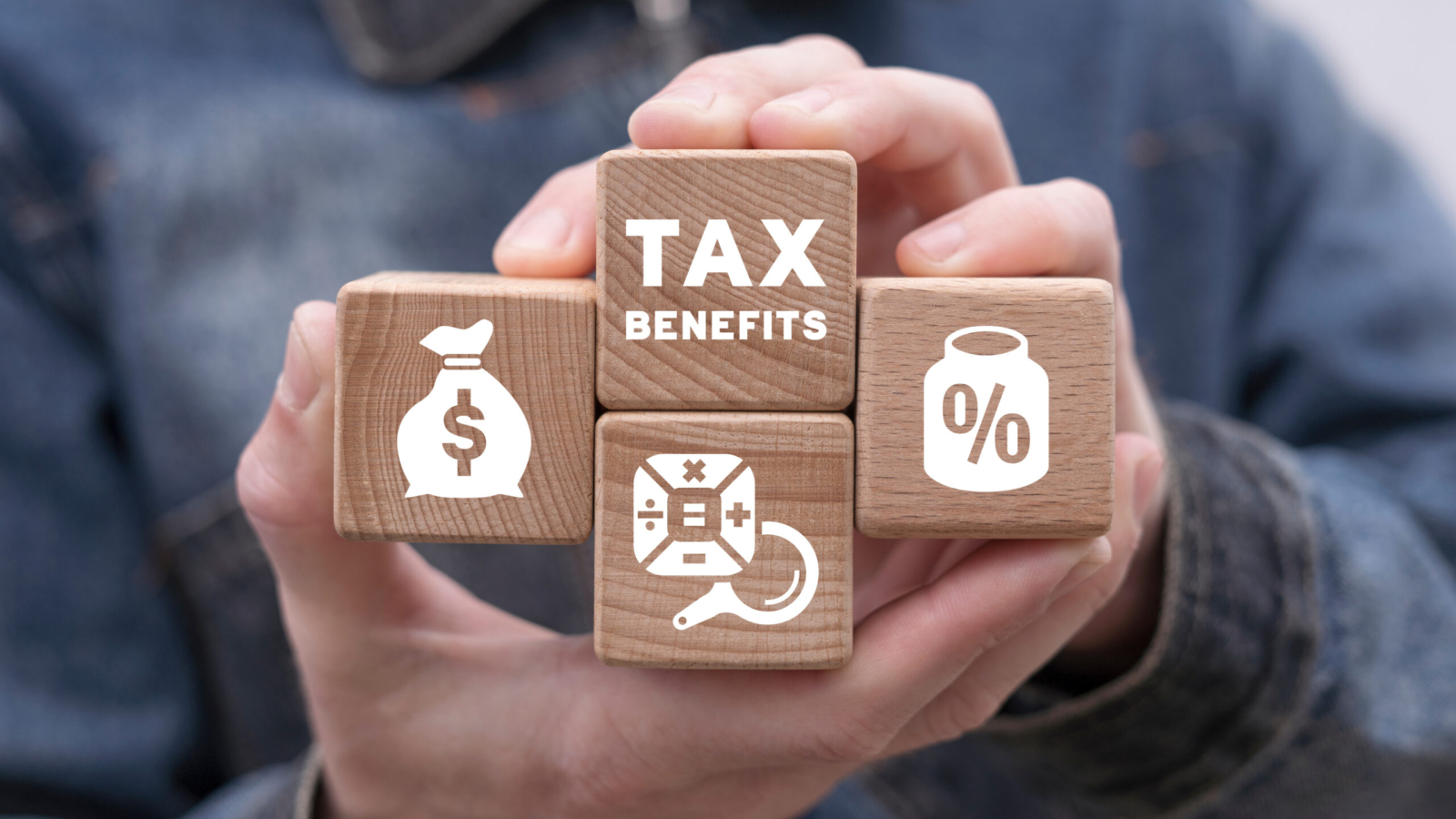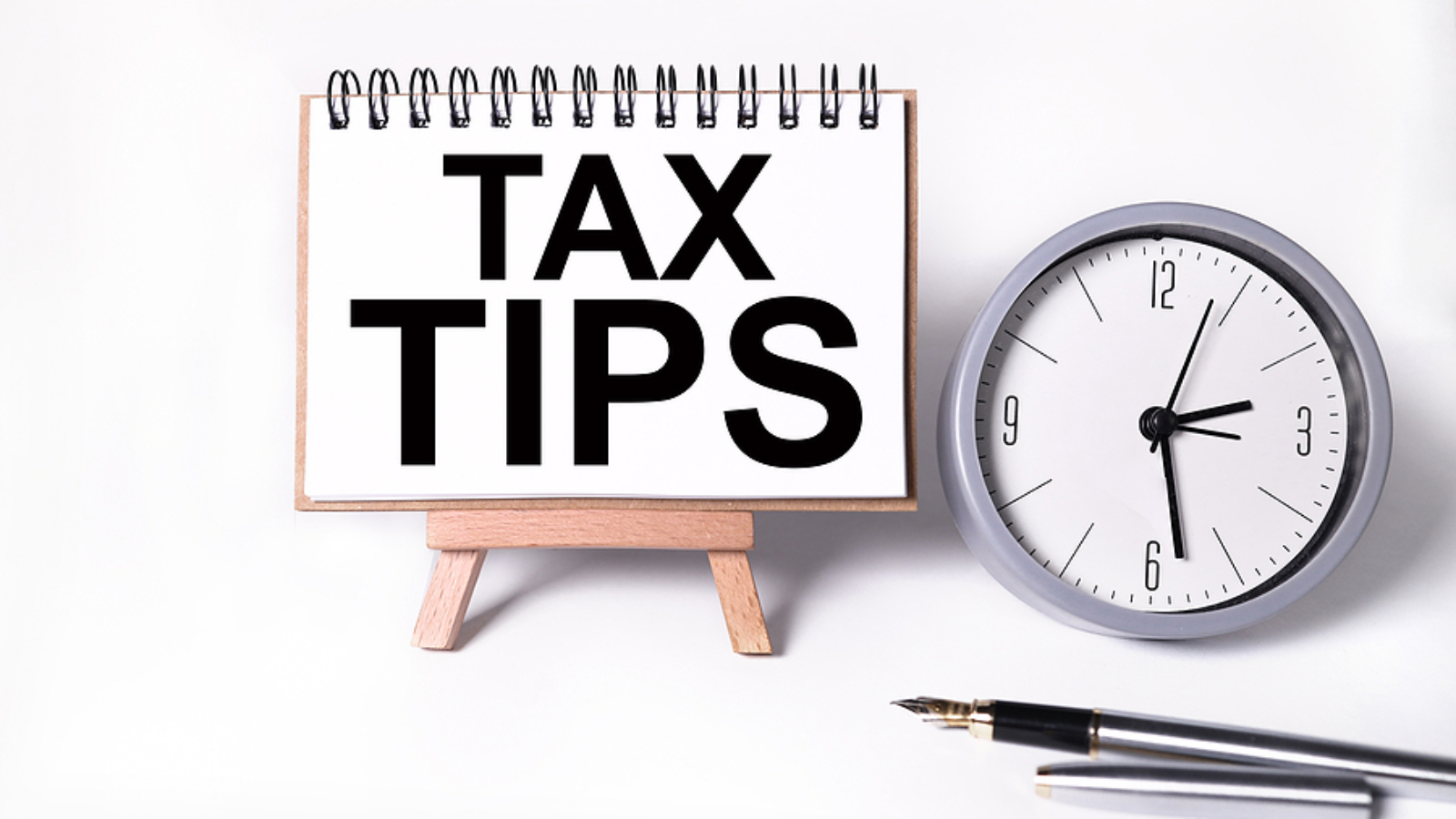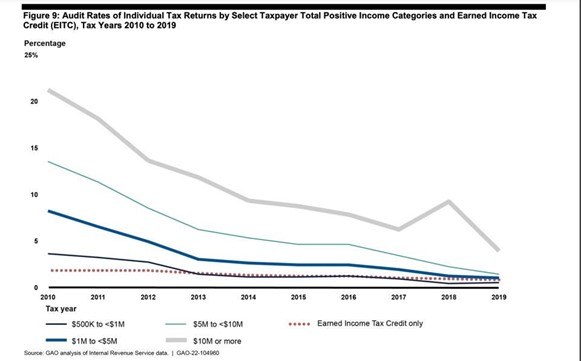Disabled individuals, as well as parents of disabled children, may qualify for several tax credits and other tax benefits. If you or someone listed on your federal tax return is disabled, you may be eligible for one or more of the following tax benefits:
Increased Standard Deduction – Since a change in the law more than 35 years ago, taxpayers (or spouses when filing a joint return) who are legally blind have been eligible for a standard deduction add-on. Thus, for 2024, if you are filing jointly with your blind spouse, you can add an additional $1,550 to your standard deduction of $29,200; if both you and your spouse are blind, the add-on doubles to $3,100. For other filing statuses, the additional amount is $1,950. While being age 65 or older isn’t a disability, it should be noted that there is also an “elderly” add-on to the standard deduction of $1,550 or $1,950, depending on filing status. These add-ons apply only to the taxpayer and spouse, not to dependents.
Exclusions from Gross Income – Certain disability-related payments, Veterans Administration disability benefits, and Supplemental Security Income are excluded from gross income (i.e., they are not taxable). Amounts received for Social Security disability are treated the same as regular Social Security benefits, which means that up to 85% of the benefits could be taxable, depending on the amount of the recipient’s (and spouse’s, if filing jointly) other income.
Impairment-Related Work Expenses – Individuals with a physical or mental disability may deduct impairment-related expenses paid to allow them to work.
- Employees – Although the 2017 tax reform eliminated most miscellaneous itemized deductions through 2025, it retained a deduction for employees who have a physical or mental disability that limits their employment. As a result, they can still deduct the expenses necessary for them to work even when not itemizing deductions.
- Self–employed – For those who are self-employed, impairment-related expenses are deductible on Schedule C or F.
Impairment-related work expenses are ordinary, necessary business expenses for attendant care services at the individual’s place of work as well as other expenses in the workplace that are necessary for the individual to be able to work. An example is when a blind taxpayer pays someone to read to them work-related documents.
Financially Disabled – Under normal circumstances, one must file a claim for a tax refund within 3 years of the unextended due date of the tax return. For example, for a 2021 tax return, the due date was April 18, 2022, which is when the 3-year clock started running. Thus, the IRS will not issue refunds for an amended 2021 or a late-filed original 2021 return submitted to the IRS after April 15, 2025. However, if a taxpayer is “financially disabled,” the period for claiming a refund is suspended for the period during which the individual is financially disabled.
What does financially disabled mean? An individual is financially disabled if they are unable to manage their financial affairs because of a medically determinable physical or mental impairment that can be expected to result in death or that has lasted or can be expected to last for a continuous period of not less than 12 months.
For a joint income tax return, only one spouse must be financially disabled for the time period to be suspended. However, financial disability does not apply during any period when the individual’s spouse or any other person is authorized to act on the individual’s behalf in financial matters.
Earned Income Tax Credit (EITC) – The EITC is available to taxpayers who are disabled and to the parents of a child with a disability, even when the child’s age would normally prevent the child from being a qualifying child. To be eligible for the credit, the taxpayer must receive earned income, which generally means wages or self-employment income. However, if an individual has retired on disability, taxable benefits received under their employer’s disability retirement plan are considered earned income until the individual reaches a minimum retirement age. If the disability benefits received are nontaxable, as would be the case if the disabled individual paid the premiums for the disability insurance policy from which the benefits come, then the benefits are not considered earned income. The EITC is a tax credit that not only reduces a taxpayer’s tax liability but may also result in a refund. Many working individuals with a disability who have no qualifying children may qualify for the EITC.
If a taxpayer’s child is disabled, the qualifying child’s age limitation for the EITC is waived.
The EITC has no effect on certain public benefits. Any refund received because of the EITC will not be considered income when determining whether a taxpayer is eligible for benefit programs such as Supplemental Security Income and Medicaid.
Child or Dependent Care Credit – Taxpayers who pay someone to come to their home and care for their dependent or disabled spouse may be entitled to claim this credit. For children, this credit is usually limited to the care expenses paid only until age 13, but there is no age limit or children unable to care for themselves.
Special Medical Deductions When Claiming Itemized Deductions – In addition to conventional medical deductions, the tax code provides special medical deductions related to disabled taxpayers and dependents. They include:
· Equipment and Home Improvement Expenses – Amounts paid for special equipment or improvements installed in the home may be included as medical expenses deductible as part of itemized deductions, if their main purpose is medical care for the taxpayer, the spouse, or a dependent. Examples of the many eligible home improvement expenses include constructing entrance or exit ramps, widening doorways and hallways, and installing railings and support bars in a bathroom. The cost of permanent improvements that increase the value of the property may only be partly included as a medical expense.
- Learning Disability – Tuition paid to a special school for a child with severe learning disabilities caused by mental or physical impairments, including nervous system disorders, can be included as medical expenses eligible for the medical deduction when itemizing deductions. A doctor must recommend that the child attend the school. Fees for the child’s tutoring recommended by a doctor and given by a teacher who is specially trained and qualified to work with children who have severe learning disabilities might also be included.
- Drug Addiction – Amounts paid by a taxpayer to maintain a dependent, themself or their spouse in a therapeutic center for drug addicts, including the cost of meals and lodging, are included as medical expenses for itemized deduction purposes.
- Other Medical Expenses – Here are some other medical expenses that apply to individuals with disabilities:
- Cost of Braille books and magazines that exceeds the price of regular printed editions.
- Cost of a wheelchair used mainly for the relief of sickness or disability, not just to provide transportation to and from work, including the cost of operating and maintaining the wheelchair.
- Cost and care of a guide dog or other animal aiding a person with a physical disability.
- Cost of artificial limbs and hearing aids.
Exclusion of Qualified Medicaid Waiver Payments – Payments made to care providers caring for related individuals in the provider’s home are excluded from the care provider’s income if they meet certain requirements to be considered foster care payments. Even so, the nontaxable income may qualify as earned income for purposes of the care provider claiming the earned income tax credit. Qualified foster care payments are amounts paid under a state’s foster care program (or political subdivision of a state or a qualified foster care placement agency). For more information, please call.
ABLE Accounts – Achieving a Better Life Experience (ABLE) accounts provide a way for individuals and families to contribute and save for the purpose of supporting individuals with disabilities in maintaining their health, independence, and quality of life.
Federal law authorizes states to establish and operate ABLE programs. Under these programs, an ABLE account may be set up for any eligible state resident – someone who became severely disabled before turning 26 – who would generally be the only person who could take distributions from the account. Beginning for years after 2025, the eligibility age increases to 46. ABLE accounts are very similar in function to Sec. 529 plans that are designed for saving for education expenses. The main purpose of ABLE accounts is to shelter assets from the means testing required by government benefit programs.
Individuals can contribute to ABLE accounts, subject to per-account gift tax limitations (maximum $$18,000 for 2024, up from $17,000 in 2023). For years 2018 through 2025, working individuals who are beneficiaries of ABLE accounts are allowed to contribute limited additional amounts to their ABLE accounts, and these contributions can also be eligible for the nonrefundable saver’s credit.
Distributions to the disabled individual are tax-free if the funds are used for qualified expenses of the disabled individual.
For more information on these tax benefits available to disabled taxpayers or dependents, please give this your RBG advisor a call.







